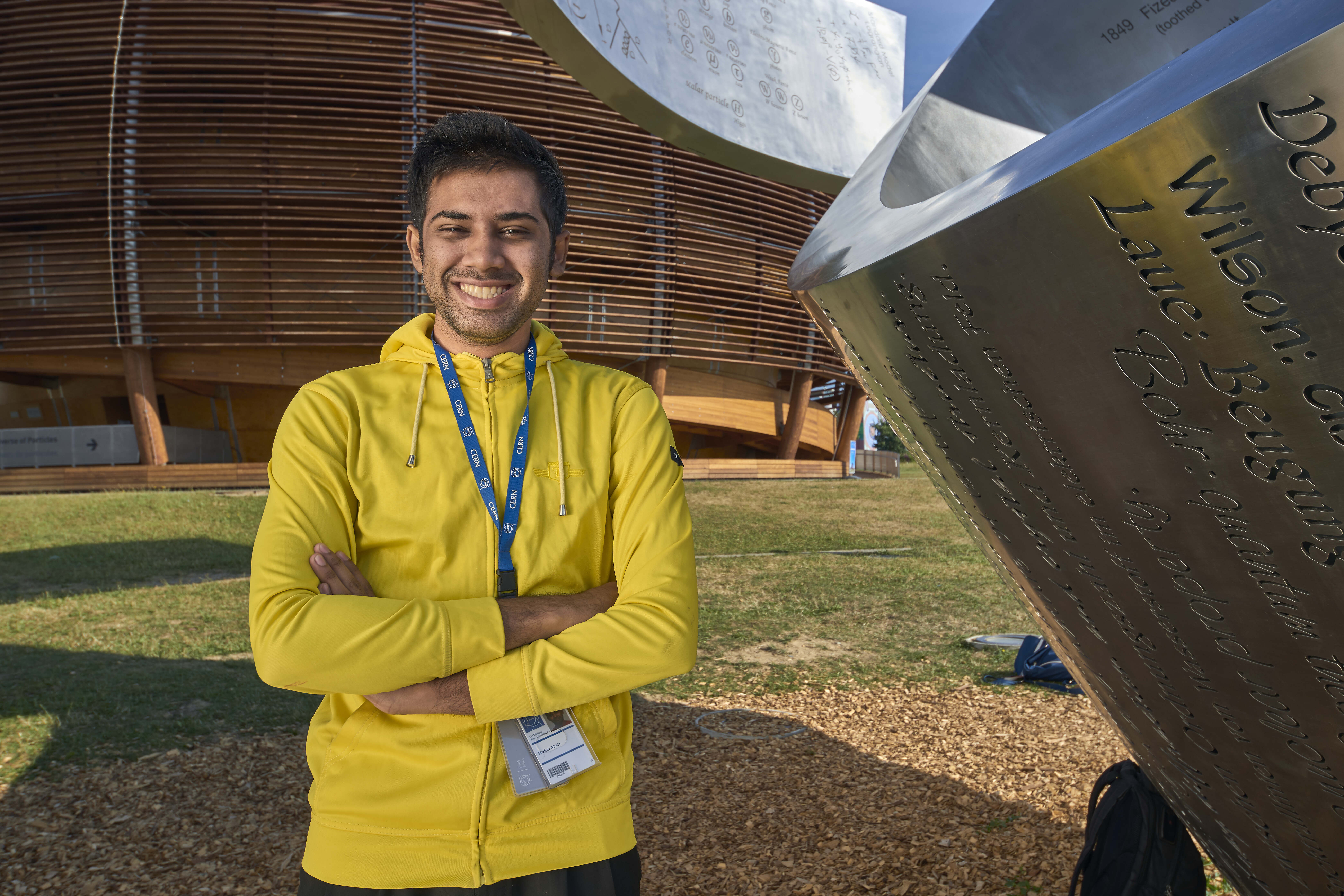
Bio
Shaher Azad obtained his B.S. (Hons) and M.S. from the Department of Physics, University of Dhaka in 2018 and 2019 respectively. Shaher joined as a Lecturer in the Department of Physics, Bangladesh University of Engineering and Technology on 12th November 2022. Before joining BUET, Shaher worked as a Lecturer (contractual) of Physics in the Department of Mathematics and Natural Sciences at BRAC University. He has also worked as an Associate Member of the Personnel (Summer Student) at The European Organization for Nuclear Research (CERN), Geneva, Switzerland, in 2018.
Shaher's research interests include theoretical and experimental Condensed Matter Physics.
Education & Training
-
M.S. 2019
Physics
University of Dhaka
-
B.S. 2018
Physics
University of Dhaka
Honors, Awards and Grants
-
202314th National Japanese Speech Contest

Shaher won the 2nd prize in the beginner category of the contest for his speech titled '雨という漢字'.
-
2022NST Fellowship

Shaher was awarded the National Science and Technology (NST) Fellowship for his M.S. research.
-
2018Dean's Award

Shaher received the Dean's Award for achieving a CGPA of 3.85 in his Bachelors.
Publications
Filter by type:
A comparative study of the physical properties of layered transition metal nitride halides MNCl (M = Zr, Hf): DFT based insights
Abstract
ZrNCl and HfNCl belong to a class of layered transition metal nitride halides MNCl (M = Zr, Hf). They are from the space group R-3m (No-166) and crystallize in the rhombohedral structure. Both of these materials have shown promising semiconducting behaviors. Recent studies showed their versatility as semiconductors and also as superconductors when intercalated with alkaline metals. This paper explores the mechanical, optical and electronic properties of these two semiconducting crystals in depth. A comparative study between the two materials in their elastic constants, anisotropy measures, electronic density of states and band structures, optical spectra has been performed with first principles density functional theory (DFT) based calculations within the local density approximation (with appropriate U for the energy gap calculations in case of HfNCl). HfNCl is more machinable than ZrNCl and is relatively softer as indicated by the lower Debye temperature. ZrNCl has stronger layering due to which it exhibits brittle nature. HfNCl has a larger band gap. ZrNCl is a better reflector of ultraviolet radiation. On the other hand, HfNCl is a good ultraviolet absorber. Both materials are anisotropic in regards to structure, electronic energy dispersion and optical parameters. Overall, the degree of anisotropy is more prominent in ZrNCl compared to that in HfNCl. Possible sectors for applications of the ZrNCl and HfNCl semiconductors are discussed.
